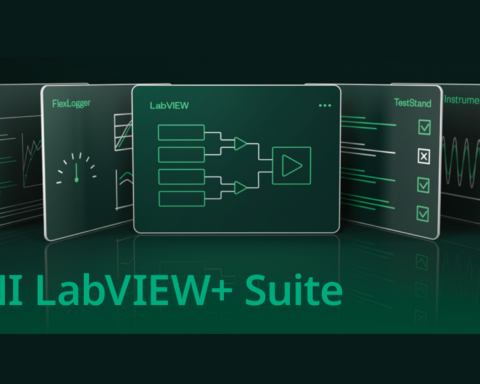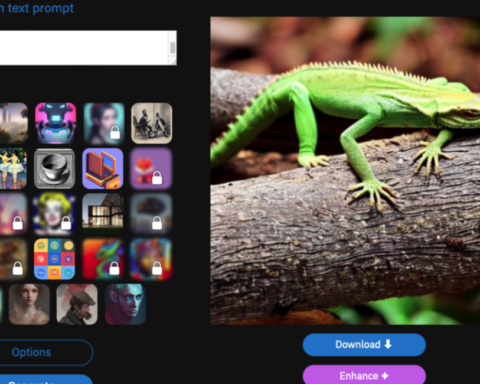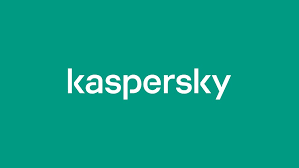Content is king when it comes to marketing your business online–but only if you’re creating high-quality content that resonates with your audience. If you want to stand out from the competition on social media and build trust with potential customers, then you need an edge over everyone else in terms of what you publish online. Fortunately, there’s one tool that can help us do just that: artificial intelligence (AI).
The power of AI is being harnessed to create content in a number of ways. One method is through the use of AI-generated content, which can be created by machines based on existing data or user input. This technology has been used for years in financial trading and other industries, but it’s only more recently been used in marketing.
Another way that AI is changing content creation is through analysis and understanding of existing data sets for insights about customer behavior and preferences, which can then be used to inform future marketing strategies. For example, if you have a large number of customer reviews for your product line or service offerings (and most companies do), you could use an algorithm that analyzes those reviews as well as other available information like demographic information from social media profiles or website visits over time so that you know what kinds of products people want next time they come back into the store–or even before they ever step foot inside!
AI has been used in many ways throughout history to automate processes that would otherwise require human input; however, it wasn’t until recently that AI was applied specifically toward improving content discovery and curation practices. There are three main types of AI technologies used in this area: intelligent content curation; automated content curation; and hybrid models that combine both approaches together into one system.
AI is a powerful tool for content optimization. It can do the heavy lifting of analyzing your site’s performance and adjusting to improve it, which frees up your team to focus on other tasks.
AI can also be used to target and segment audiences based on their interests or demographics. For example, if you have a product that appeals to both men and women but want to target one group over another (e.g., women), AI can help you find those people who fit into your ideal customer profile so that they see your ads first when they’re searching for something similar on Google or Bing Ads (or any other platform).
A third way that AI helps with content distribution is by promoting certain pieces of content over others at specific times during their lifespan–allowing marketers more control over how often each piece gets seen by different groups of people across multiple platforms throughout its lifecycle from creation until eventual deletion from all databases after its usefulness has expired!
AI can be used to improve content performance monitoring and analysis.
- How many people have read or viewed your content?
- What was their engagement with it (time spent reading/watching)?
- Where did they come from (social media platform)?
AI is a powerful tool for measuring the success of your content. It can help you determine:
- How engaging your content is, based on how long people spend reading it and how many times they share it
- How much ROI you’re getting from each piece of content by tracking sales or leads generated from the site where it was published
- The overall impact of your marketing efforts by measuring brand awareness
Here are three ways you can leverage the power of AI and content:
- AI-powered Content Strategies
- AI-driven Content Experiences
- AI-enhanced Content Delivery
As you can see, AI has a lot to offer when it comes to content creation. It has the potential to help you create better content faster and more efficiently than ever before.









